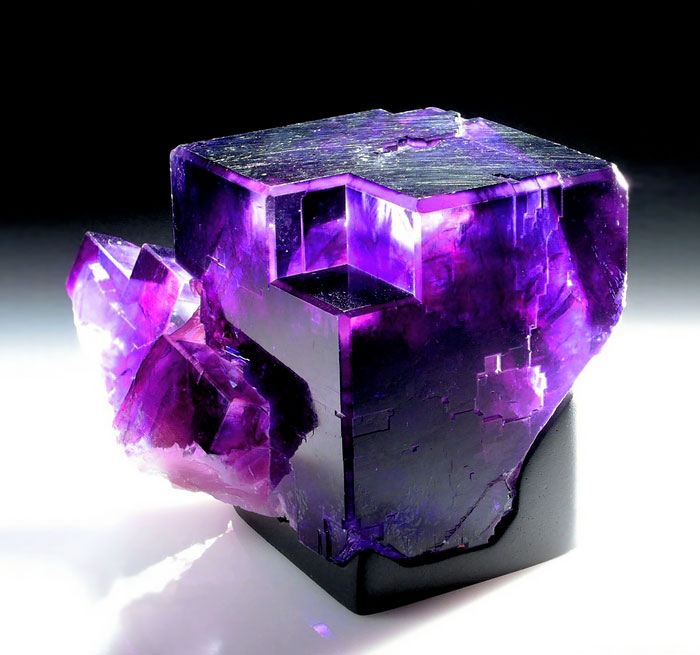In the vast realm of geology, rocks come in various forms, each with its unique properties and characteristics. From the towering mountains to the deepest ocean floors, rocks shape our planet's landscape. While some rocks are known for their strength and durability, others possess a surprising softness that defies expectations. In this article, we delve into the world of geology to uncover the softest rock on Earth, shedding light on its composition, formation, and intriguing applications.
- The Softness Spectrum:
Before we unveil the softest rock on Earth, it is essential to understand the concept of rock hardness. The Mohs scale, developed by Friedrich Mohs in 1812, ranks minerals and rocks based on their relative hardness. The scale ranges from 1 (softest) to 10 (hardest), with talc being the softest mineral and diamond the hardest. However, when it comes to rocks, the softest one is not necessarily composed of the softest mineral. - The Enigmatic Gypsum:
Among the myriad of rocks, gypsum stands out as one of the softest. Composed of hydrated calcium sulfate, gypsum has a Mohs hardness of 2, making it easily crumbled by hand. Its softness is attributed to its unique crystal structure, which allows for easy cleavage along specific planes. This characteristic makes gypsum an intriguing subject of study for geologists and mineralogists alike. - Formation and Occurrence:
Gypsum forms through the evaporation of saline water in ancient seas or lakes. Over time, the water evaporates, leaving behind deposits of gypsum. These deposits can be found in various geological formations worldwide, ranging from sedimentary rocks to caves and even desert sand dunes. The softness of gypsum makes it susceptible to erosion, resulting in stunning natural formations such as gypsum caves and intricate gypsum crystals. - Practical Applications:
Beyond its geological significance, gypsum finds numerous practical applications in various industries. Its softness and low hardness make it an ideal material for sculpting and carving intricate designs. Gypsum is widely used in the construction industry for creating decorative elements, such as ornate ceilings and moldings. Additionally, gypsum's ability to absorb moisture makes it a valuable component in the production of plaster and drywall. - Environmental Significance:
Understanding the softest rock on Earth goes beyond its physical properties. Gypsum plays a crucial role in the environment as well. Its ability to absorb and retain water contributes to soil fertility, making it an essential component in agricultural practices. Moreover, gypsum deposits serve as indicators of past climatic conditions, aiding scientists in reconstructing Earth's history.
Conclusion:
In the realm of geology, the softest rock on Earth is undoubtedly gypsum. Its unique crystal structure, formation process, and practical applications make it a fascinating subject of study. From its role in construction to its environmental significance, gypsum showcases the intricate relationship between rocks and our daily lives. So, the next time you encounter a soft and crumbly rock, remember the enigmatic gypsum and its remarkable journey through time.

